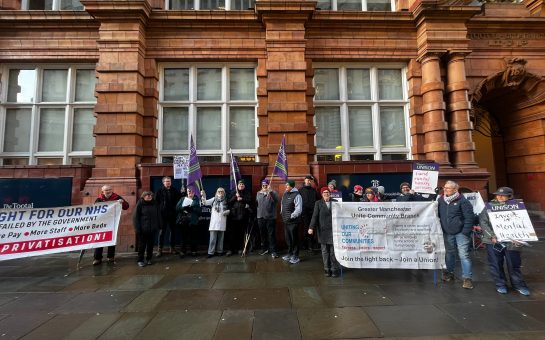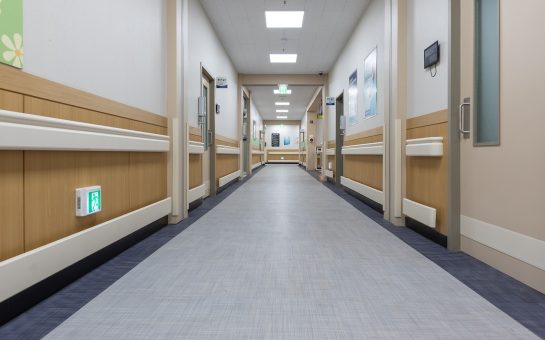UK hospitals were forced into winter meltdown 18 years ago when a flu outbreak spread.
At the start of 2000, flu cases doubled in England, Scotland and Wales, leaving non-emergency surgeries in Merseyside hospitals cancelled and all 275 intensive-care beds in London filled.
With Manchester hospitals preparing to feel the force of an Aussie flu-filled winter and new NHS figures pointing to a deepening health crisis, it is easy to notice similarities that have not been dealt with.
The new millennium started as it has continued for the UK’s beloved NHS, with complaints of understaffing, extortionate waiting times and underspending filling newspapers across the nation.
Understaffed
The Royal College of Nursing (RCN) claimed surgery cancellations 18 years ago were not due to bed shortages but the lack of nurses, a problem all too familiar today.
The number of nurses employed by the NHS is currently decreasing and in July last year the RCN claimed 40,000 nursing jobs were vacant.
There is now worry that, due to the Brexit vote, nurses from EU countries will not come to the UK and fill these gaps.
The Health Foundation discovered that, in the year following the vote to leave the European Union, the number of EU nurses registering to practise in the UK had fallen by 96%.
Overfilled
During the outbreak in 2000, lorries had to be used as temporary morgues to deal with the uncontrollable number of winter fatalities.
It was also reported some patients had to stay on trolleys overnight while waiting for treatment, but this now appears commonplace during a British winter.
Last September it was revealed that the last five years had seen a 10,546% increase in patients waiting 12 hours or more for a bed in A&E departments across England.
Just last week 16,900 people had to wait inside ambulances before entering A&E and 55,000 operations have been cancelled until February.
Underfunded
The NHS has been a major election bargaining tool for decades, most notably when Tony Blair claimed voters had ‘24 hours to save the NHS’ in 1997.
Blair then responded to the 2000 winter crisis by setting out a 10-year plan to revolutionise the NHS, but while the budget tripled from 1997 to 2008, it was spending methods that were criticised.
Now, the King’s Fund, the Health Foundation and the Nuffield Trust suggest health is receiving £4bn less than it requires per year, a figure that is set to rise to at least £20bn by 2022/23.
An ageing population growing by an estimated 500,000 a year has driven an 18% NHS demand increase between 2013 and 2015 and this too is expected to rise.
What next?
The now seemingly-annual winter health crisis will not go away without fundamental changes.
A dramatic increase in funding would certainly alleviate pressure, but that would have to be funded by the taxpayers somewhere down the line.
The government could also choose to limit the amount of treatment free at the point of use, forcing some to pay for their healthcare in a bid to help those in more serious need.
Whatever the current government and their successors decide, warnings, such as the flu outbreak of 2000, must be dealt with by more than just an apology.
Image courtesy of William Brawley via Flickr, with thanks.



